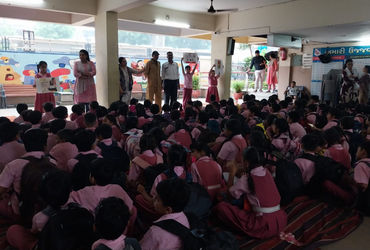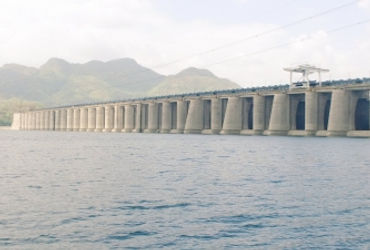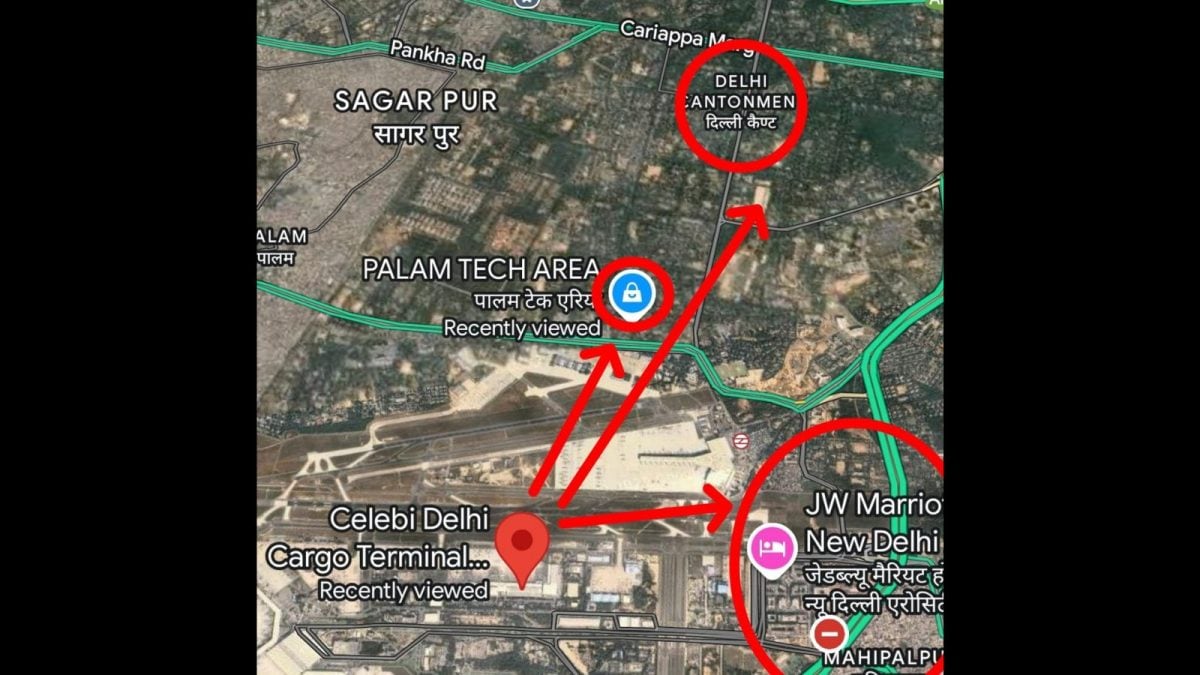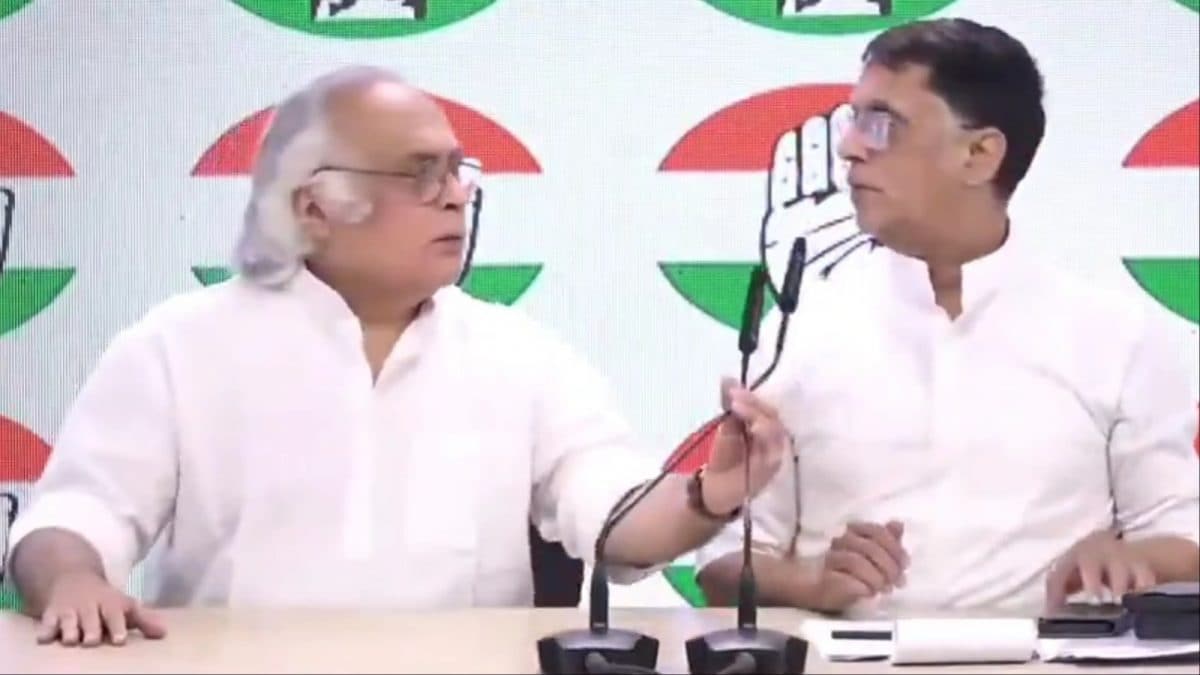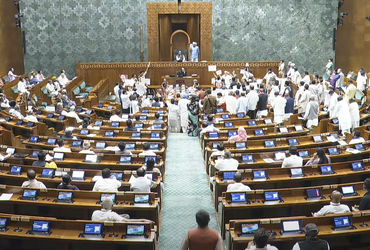No checks, no relief: RERA’s inaction shields builders as property prices crush the middle class
The Real Estate Regulatory Authority (RERA), created to bring transparency and fairness to the real estate sector, is facing growing criticism for failing to rein in builders who continue to exploit homebuyers through arbitrary pricing and deceptive construction metrics.Despite clear guidelines mandating sales based on carpet area, developers continue to charge exorbitant premiums—often extracting more than 40% extra as on-money payments. Efforts to curb such black money transactions have been ineffective, with RERA allegedly turning a blind eye even in cases where formal complaints are filed.Super built-up pricing drives up real costsOfficial RERA data claims residential and commercial rates have touched ₹54,139 per square metre in 2024–25—a 35% to 37% rise over five years. However, market prices are actually far higher, ranging between ₹75,000 and ₹80,000 per square metre. When super built-up area charges are included, buyers end up paying as much as ₹1.10 lakh to ₹1.20 lakh per square metre—double the base price.Commercial property prices have similarly risen, reaching ₹62,164 per square metre in 2024–25, according to RERA. Yet real-world costs remain significantly higher.Home ownership slips out of middle-class reachThe unchecked price escalation has made home ownership increasingly unaffordable for the middle class. Builders continue to hike rates citing added amenities, but the burden ultimately falls on the buyer. In mixed-use (residential-cum-commercial) projects, rates climbed from ₹35,785 per square metre in 2020 to ₹51,247 in 2024–25. Meanwhile, actual rates of ₹7,500–₹8,000 per square foot based on built-up area are now common across the sector.Construction costs rise, but profits remain highAccording to RERA’s own analysis, construction costs for residential projects have gone up sharply—from ₹26,677 per square metre in 2017–18 to ₹40,691 in 2024–25. While developers cite rising input costs, many continue to add hefty mark-ups in the name of amenities and extra features.Despite these increases, the regulator has taken no concrete steps to enforce cost disclosures or pricing transparency. Buyers remain in the dark about the actual breakdown of project expenses.Builder inventory grows, but holding power remains strongFrom 2017–18 to 2024–25, 5,354 real estate projects were registered in Gujarat with planned investments totalling ₹1.93 lakh crore, covering the construction of 8.38 lakh housing units. Of these, an estimated 2.5 lakh units remain unsold—yet developers continue to hold them, thanks to strong profit margins.It’s estimated that the sale of just one unit often covers the cost of another. This financial buffer has increased builders’ holding capacity, allowing them to delay sales without significantly affecting their bottom line.Large projects take up to 6 years to sell outSmaller projects typically take 3 to 4 years to clear their inventory, while larger developments stretch up to 6 years. Industry observers say that if builders were mandated to disclose land costs, NA (non-agriculture) conversion charges, and actual construction expenses, the extent of their margins would be clear.The sector’s sustainability depends not on timely sales, but on the cushion provided by inflated profits. Without these, developers would struggle to survive if inventory remains unsold for long periods.Material cost trends: what’s actually gone up?Steel: Priced at ₹48,000 per ton in 2020, steel now costs ₹57,000 per ton—up 19% over five years.Cement: Prices have remained relatively stable. A 50 kg bag cost ₹365–₹390 in 2020–21 and hovers around ₹360 in April–May 2025.Aluminium and glass: These materials have seen the sharpest spike, with prices up by 50–60% since 2020.These figures call into question the degree to which rising raw material costs justify the sharp increase in property prices.A regulator that fails to regulateThe data paints a clear picture: while property prices have surged, regulatory oversight has not kept pace. RERA, meant to protect the interests of homebuyers, is now widely seen as siding with the industry it was meant to supervise.Until the regulator actively enforces transparency in pricing and curbs exploitative practices like super built-up charges and on-money transactions, the promise of fair and affordable housing will remain elusive.
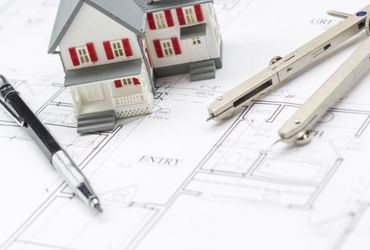
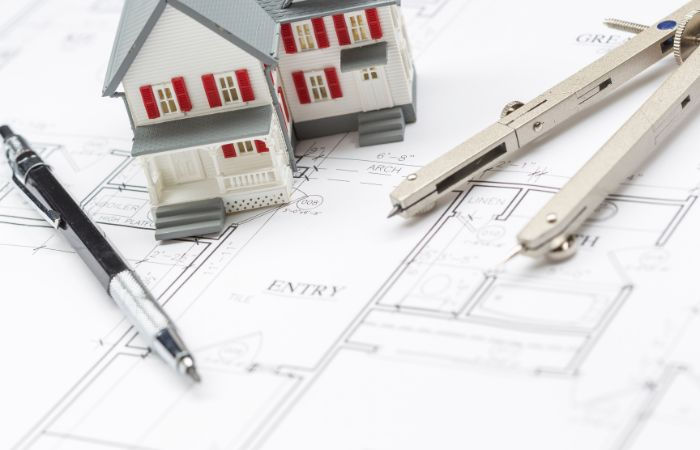
The Real Estate Regulatory Authority (RERA), created to bring transparency and fairness to the real estate sector, is facing growing criticism for failing to rein in builders who continue to exploit homebuyers through arbitrary pricing and deceptive construction metrics.
Despite clear guidelines mandating sales based on carpet area, developers continue to charge exorbitant premiums—often extracting more than 40% extra as on-money payments. Efforts to curb such black money transactions have been ineffective, with RERA allegedly turning a blind eye even in cases where formal complaints are filed.
Super built-up pricing drives up real costs
Official RERA data claims residential and commercial rates have touched ₹54,139 per square metre in 2024–25—a 35% to 37% rise over five years. However, market prices are actually far higher, ranging between ₹75,000 and ₹80,000 per square metre. When super built-up area charges are included, buyers end up paying as much as ₹1.10 lakh to ₹1.20 lakh per square metre—double the base price.
Commercial property prices have similarly risen, reaching ₹62,164 per square metre in 2024–25, according to RERA. Yet real-world costs remain significantly higher.
Home ownership slips out of middle-class reach
The unchecked price escalation has made home ownership increasingly unaffordable for the middle class. Builders continue to hike rates citing added amenities, but the burden ultimately falls on the buyer. In mixed-use (residential-cum-commercial) projects, rates climbed from ₹35,785 per square metre in 2020 to ₹51,247 in 2024–25. Meanwhile, actual rates of ₹7,500–₹8,000 per square foot based on built-up area are now common across the sector.
Construction costs rise, but profits remain high
According to RERA’s own analysis, construction costs for residential projects have gone up sharply—from ₹26,677 per square metre in 2017–18 to ₹40,691 in 2024–25. While developers cite rising input costs, many continue to add hefty mark-ups in the name of amenities and extra features.
Despite these increases, the regulator has taken no concrete steps to enforce cost disclosures or pricing transparency. Buyers remain in the dark about the actual breakdown of project expenses.
Builder inventory grows, but holding power remains strong
From 2017–18 to 2024–25, 5,354 real estate projects were registered in Gujarat with planned investments totalling ₹1.93 lakh crore, covering the construction of 8.38 lakh housing units. Of these, an estimated 2.5 lakh units remain unsold—yet developers continue to hold them, thanks to strong profit margins.
It’s estimated that the sale of just one unit often covers the cost of another. This financial buffer has increased builders’ holding capacity, allowing them to delay sales without significantly affecting their bottom line.
Large projects take up to 6 years to sell out
Smaller projects typically take 3 to 4 years to clear their inventory, while larger developments stretch up to 6 years. Industry observers say that if builders were mandated to disclose land costs, NA (non-agriculture) conversion charges, and actual construction expenses, the extent of their margins would be clear.
The sector’s sustainability depends not on timely sales, but on the cushion provided by inflated profits. Without these, developers would struggle to survive if inventory remains unsold for long periods.
Material cost trends: what’s actually gone up?
- Steel: Priced at ₹48,000 per ton in 2020, steel now costs ₹57,000 per ton—up 19% over five years.
- Cement: Prices have remained relatively stable. A 50 kg bag cost ₹365–₹390 in 2020–21 and hovers around ₹360 in April–May 2025.
- Aluminium and glass: These materials have seen the sharpest spike, with prices up by 50–60% since 2020.
These figures call into question the degree to which rising raw material costs justify the sharp increase in property prices.
A regulator that fails to regulate
The data paints a clear picture: while property prices have surged, regulatory oversight has not kept pace. RERA, meant to protect the interests of homebuyers, is now widely seen as siding with the industry it was meant to supervise.
Until the regulator actively enforces transparency in pricing and curbs exploitative practices like super built-up charges and on-money transactions, the promise of fair and affordable housing will remain elusive.
What's Your Reaction?
















